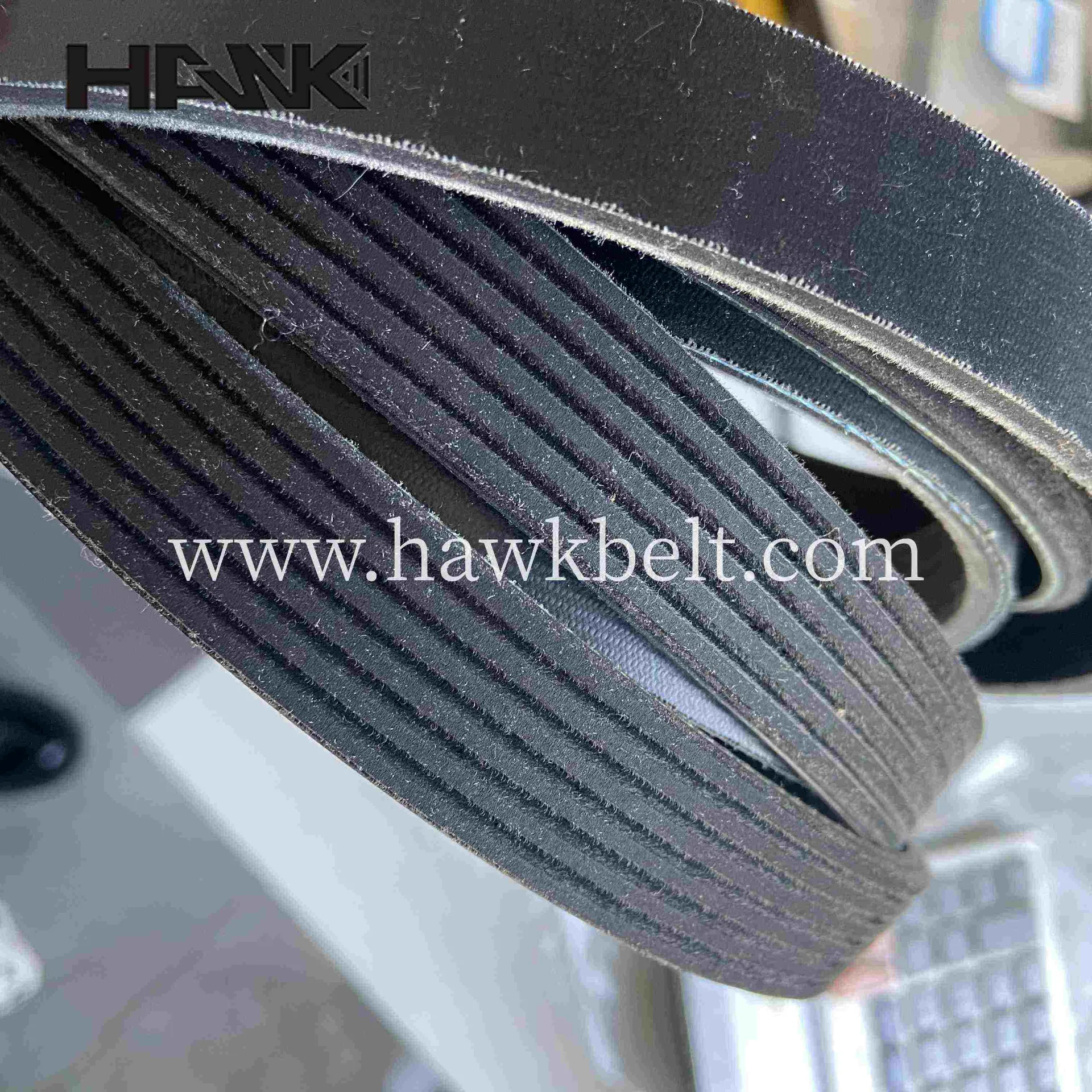- Arabic
- French
- Russian
- Spanish
- Portuguese
- Turkish
- Armenian
- English
- Albanian
- Amharic
- Azerbaijani
- Basque
- Belarusian
- Bengali
- Bosnian
- Bulgarian
- Catalan
- Cebuano
- Corsican
- Croatian
- Czech
- Danish
- Dutch
- Afrikaans
- Esperanto
- Estonian
- Finnish
- Frisian
- Galician
- Georgian
- German
- Greek
- Gujarati
- Haitian Creole
- hausa
- hawaiian
- Hebrew
- Hindi
- Miao
- Hungarian
- Icelandic
- igbo
- Indonesian
- irish
- Italian
- Japanese
- Javanese
- Kannada
- kazakh
- Khmer
- Rwandese
- Korean
- Kurdish
- Kyrgyz
- Lao
- Latin
- Latvian
- Lithuanian
- Luxembourgish
- Macedonian
- Malgashi
- Malay
- Malayalam
- Maltese
- Maori
- Marathi
- Mongolian
- Myanmar
- Nepali
- Norwegian
- Norwegian
- Occitan
- Pashto
- Persian
- Polish
- Punjabi
- Romanian
- Samoan
- Scottish Gaelic
- Serbian
- Sesotho
- Shona
- Sindhi
- Sinhala
- Slovak
- Slovenian
- Somali
- Sundanese
- Swahili
- Swedish
- Tagalog
- Tajik
- Tamil
- Tatar
- Telugu
- Thai
- Turkmen
- Ukrainian
- Urdu
- Uighur
- Uzbek
- Vietnamese
- Welsh
- Bantu
- Yiddish
- Yoruba
- Zulu
Aug . 13, 2024 04:02 Back to list
Understanding the Differences Between Timing Belts and Timing Chains in Engine Functionality
Understanding Timing Belts and Timing Chains
When it comes to the mechanical functions of modern vehicles, the timing belt and timing chain play crucial roles. These components are vital in ensuring the engine operates efficiently, maintaining the proper timing of the engine’s valve openings and closings in relation to the crankshaft's position. While both timing belts and timing chains serve the same fundamental purpose, they operate differently and possess distinct characteristics that can influence their durability, performance, and maintenance requirements.
What is a Timing Belt?
A timing belt is a rubber belt reinforced with fibers, designed to synchronize the rotation of the crankshaft and camshaft(s). This synchronization is essential for the engine to function effectively, as it controls the timing of the opening and closing of the engine's valves. Timing belts are typically quieter than chains and are known for their lighter weight, which can contribute to improved fuel efficiency.
However, timing belts have a lifespan, usually ranging from 60,000 to 100,000 miles, depending on the manufacturer’s recommendations. Neglecting to replace a timing belt at the appropriate interval can lead to catastrophic engine failure, as a broken belt can cause the pistons to collide with the valves, resulting in significant damage.
What is a Timing Chain?
In contrast, a timing chain is made of metal and is designed to last much longer than a timing belt. Timing chains are durable and generally require less frequent replacements, often exceeding 100,000 miles before any significant wear occurs. They are typically housed in the engine, surrounded by oil, which helps to lubricate the chain and reduce wear.
timing belt timing chain

One of the downsides of timing chains is that they can be noisier than belts and may require regular maintenance, including checking for tension and wear. If a timing chain does fail, it can also lead to severe engine damage, but the risk of sudden failure is generally lower compared to timing belts, primarily due to their robustness and the continuous lubrication they receive.
Key Differences
The choice between timing belts and timing chains largely depends on the design of the engine. Timing belts are favored in many modern vehicles for their lightweight design, cost-effectiveness, and operational quietness. Conversely, timing chains are typically used in performance-oriented engines where durability and longevity are paramount.
Moreover, the replacement process differs significantly between the two. Changing a timing belt is generally less complex and, therefore, less costly than replacing a timing chain, which often requires more extensive disassembly of the engine.
Maintenance Considerations
Regardless of whether an engine uses a timing belt or a timing chain, regular maintenance is crucial. This includes adhering to manufacturer-recommended replacement intervals for belts and monitoring chains for signs of wear or tension issues. Drivers should remain vigilant about unusual noises from the engine or signs of oil leaks, as these can indicate problems with the timing mechanism.
In summary, both timing belts and timing chains are essential components in ensuring the proper functionality of an engine. Understanding their differences, along with the associated maintenance requirements, can help vehicle owners make informed decisions about their engines’ care and longevity. Whether your car has a timing belt or a timing chain, proactive maintenance will go a long way in securing a reliable and efficient driving experience.
-
Upgrade Power Steering Pump Belt for Smooth, Quiet Operation
NewsAug.27,2025
-
Precision Timing Belt & Chain: Engine Performance & Durability
NewsAug.26,2025
-
Precision Lathe Drive Belts: Durable & Reliable Performance
NewsAug.25,2025
-
84.5 Serpentine Belt: Durable & Precision Fit for Your Engine
NewsAug.24,2025
-
Premium Ribbed Drive Belts for Quiet Power Transmission
NewsAug.23,2025
-
High-Performance Vehicle Timing Belt for Engine Precision
NewsAug.22,2025

